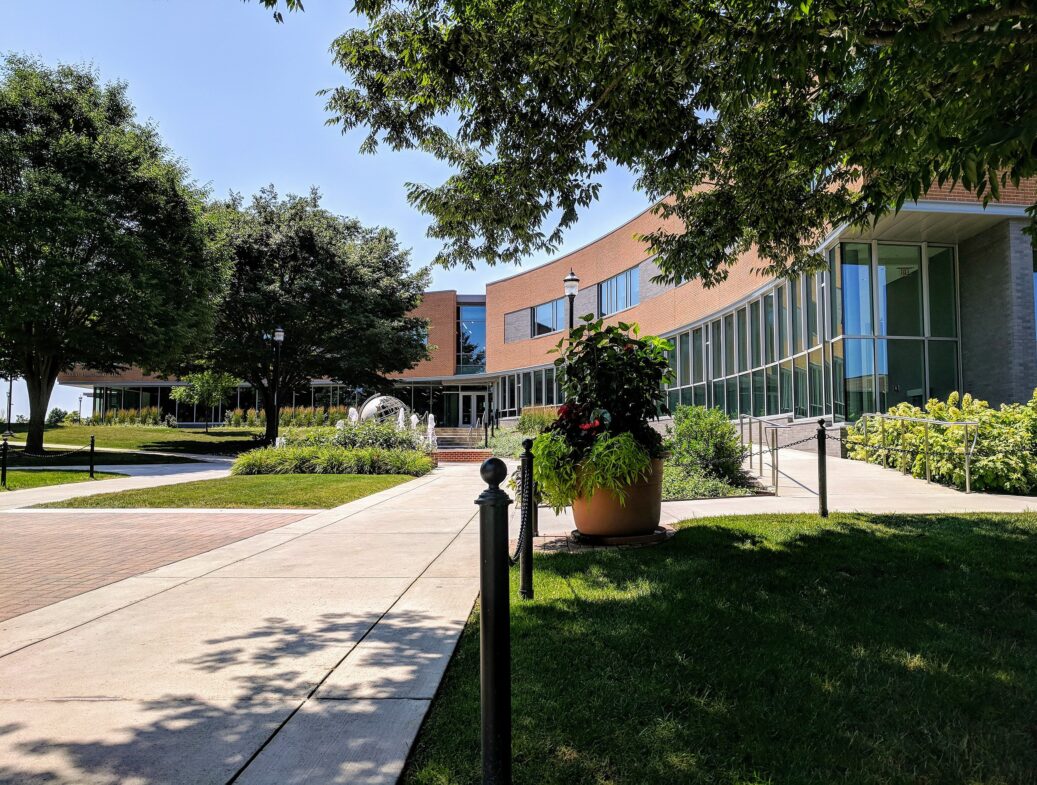Penn State, founded in 1855, is Pennsylvania’s only land-grant institution. It consistently ranks among the top one percent of the world’s universities. PSU boasts 24 campuses, 100,000 students, 17,000 faculty and staff, and more than 275 baccalaureate degree programs. The Student Enrichment Center, built at the core of the Harrisburg campus, houses space for new and existing student services. It features a full dining room with open seating and full commercial kitchen, convenience store, spiritual center, student lounges and gathering spaces (“The Living Room”), group study rooms, university bookstore, and many different offices for student counseling and disability services, honors education, international student support services, and international study programs. It is also home to the 355-seat Mukund S. Kulkarni Theatre with a half-million dollar investment in state-of-the-art LED lighting system and wireless digital sound system.
The scope of Altieri’s work included complete MEPF systems design from Concept to Construction Administration, IT distribution design services, energy modeling to support USGBC submission for LEED certification, and development of permit package for submission to the Pennsylvania Department of Labor and Industry. The program presented two major systems design challenges: 1) the Center is fully operational 24/7 requiring the systems to be flexible to support a wide range of occupancy fluctuations, and 2) the facility is akin to numerous small uniquely-serviced buildings within one envelope with widely varying systems remits (e.g. auditorium acoustics, commercial kitchen fittings, etc.). Altieri’s work provided future-proofing of renewable energy, both solar thermal and solar photovoltaic. The building is performing 19.3% better than the ASHRAE baseline without renewables, and 26.1% better with renewables.






